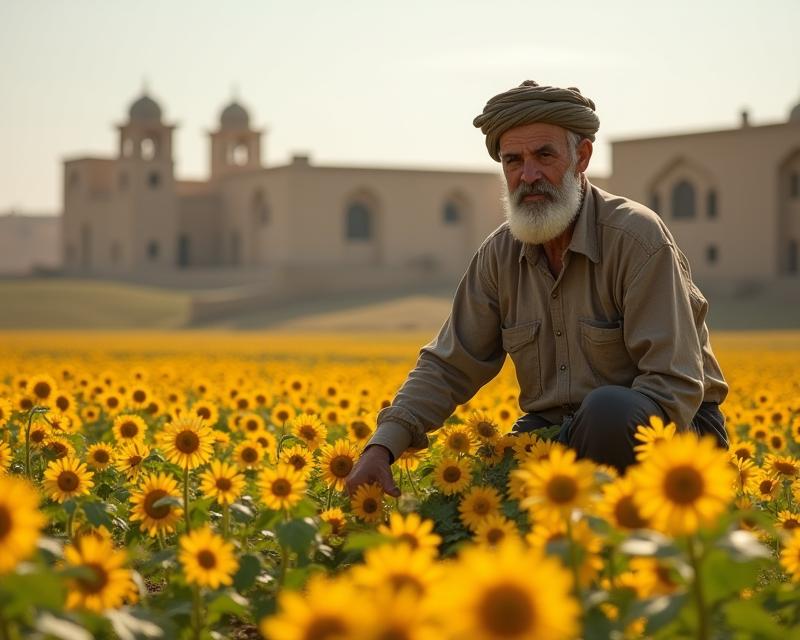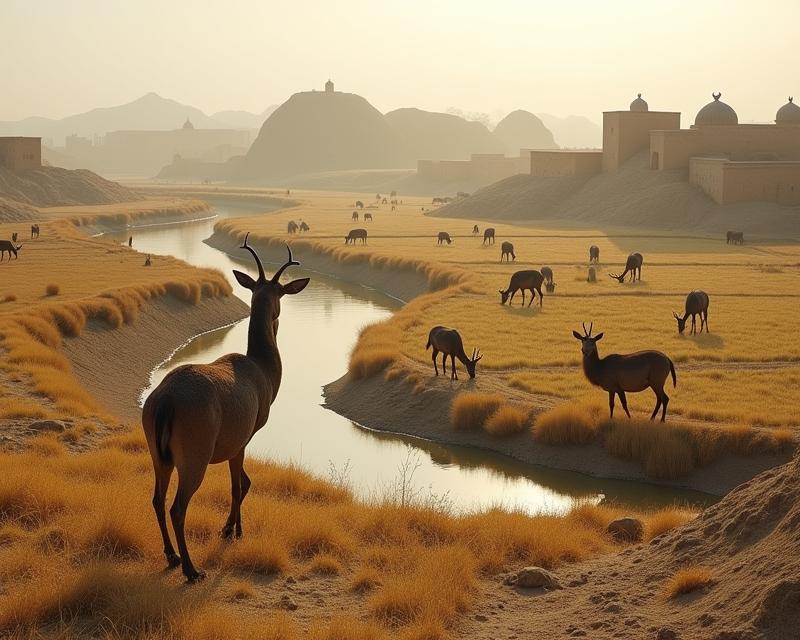Iranian Farming: Thriving Under Pressure
Publish in Agriculture el 05/07/2025 02:26
Iranian Agriculture: Thriving Under Pressure
For years, Iranian agriculture has faced significant challenges due to international sanctions. These restrictions have impacted everything from accessing modern farming equipment and fertilizers to exporting crops to global markets. But, like many resilient agricultural systems, Iran has demonstrated remarkable adaptability, finding innovative ways to not only survive but also thrive.

Adapting Crop Production
One of the most significant changes has been a shift towards drought-resistant crops. With limited access to imported irrigation technology, Iranian farmers have increasingly focused on cultivating crops that require less water. This includes varieties of wheat, barley, and other grains specifically bred for arid conditions. You'll also see a greater emphasis on indigenous crops – those traditionally grown in Iran – which are often better suited to the local climate. Furthermore, there's been a surge in the use of vertical farming techniques in urban areas, maximizing food production in limited spaces and reducing water consumption. This is a great example of thinking outside the box!
Re-routing Trade & Building Local Markets
Sanctions have severely restricted Iran's ability to export agricultural products to traditional markets. However, this has spurred a focus on developing domestic markets and forging new trade relationships with countries that haven't imposed sanctions. We're seeing increased trade with nations like China, Russia, and India. This shift has also encouraged local food production and consumption. Farmers are increasingly selling directly to consumers through farmers' markets and community-supported agriculture (CSA) programs, strengthening local economies and reducing reliance on international supply chains. This direct connection with consumers can be incredibly rewarding!
Innovation & Technology
Despite limitations, Iranian farmers have embraced innovation. There's a growing focus on developing and utilizing locally produced agricultural technologies. This includes everything from improved seed varieties to more efficient irrigation systems powered by renewable energy. Furthermore, there's a strong emphasis on precision agriculture – using data and technology to optimize crop yields and minimize waste. While access to cutting-edge technology can be challenging, Iranian farmers are finding creative ways to implement advancements that suit their specific needs and resources. It’s a testament to their ingenuity and determination. The focus is on resourcefulness and maximizing what’s available.
Looking Ahead
The future of Iranian agriculture remains uncertain, but the resilience and adaptability of its farmers are undeniable. By focusing on sustainable practices, developing local markets, and embracing innovation, Iran is demonstrating that it can overcome even the most significant challenges to ensure food security for its population. It's a powerful example for farmers worldwide facing similar hurdles. The key takeaway is that ingenuity and a commitment to local solutions can pave the way for success, even in difficult circumstances.





